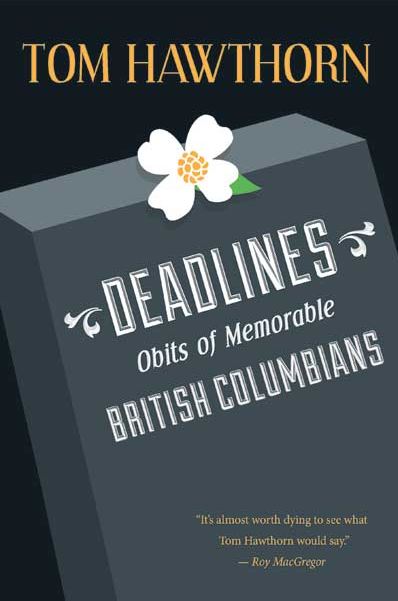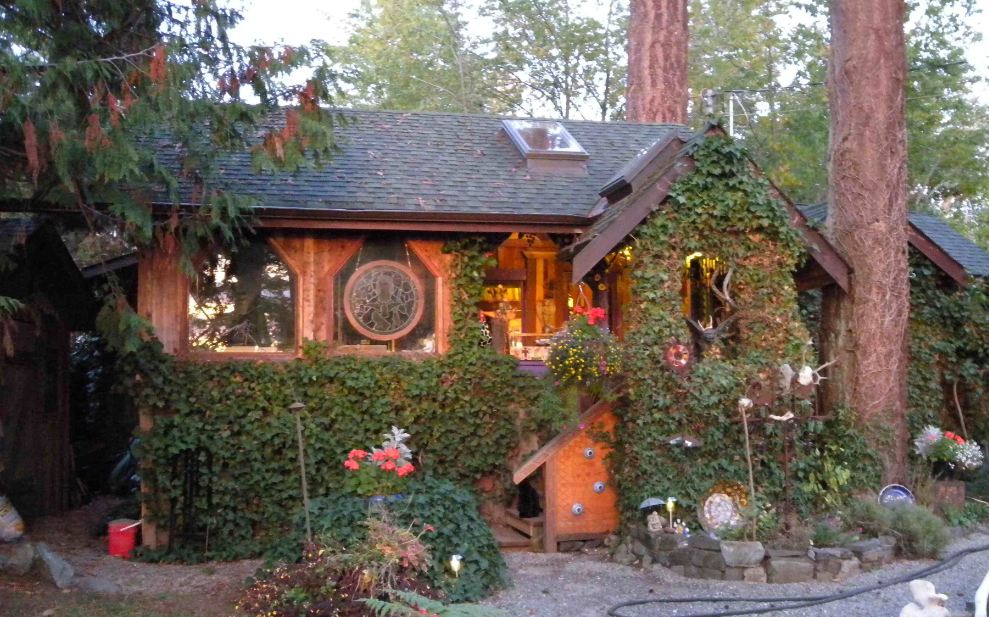
Ever stood in front of an old house and wondered what went on inside those walls? Who lived there, how they lived their lives and what events happened behind the front door? I admit it’s a weird kind of voyeurism, but I’ve spent a lot of the last decade skulking around in people’s hedgerows asking those questions. Because in my view, a house has a genealogy, much like a person, and comes alive through the stories and mysteries that took place inside its walls.

I’m fascinated by the deep connection people have to their houses. David Foster grew up with his six sisters in a modest house in Saanich that his father built. Spoony Sundher built a house on Bellevue Road before going on to open the Hollywood Wax Museum and found a family dynasty. Alice Munro wrote two of her best selling books from her Rockland house, and Susan Musgrave’s North Saanich house has a 190-foot Douglas Fir tree growing out of the living room. Susan says she doesn’t understand people who move into “key ready houses devoid of personality.”
I’ve talked to home owners who have unearthed everything from a murder in the family kitchen, to resident ghosts and celebrities. Others have found evidence of brothels and bootlegging, and one woman found that her house was once a Chinese sausage factory.
My father’s childhood home in Ballarat, Australia had its own odd history. My eccentric grandmother physically had the bedrooms lopped off the house when her children left home. I never found out why, but at least the current owners eventually learned who left them a number of doors that led nowhere.
I’m delighted that Sensational Victoria is getting a good reception with the locals. I hoped it would, but I really wrote it with mainlanders in mind, people like me who are not from there, but love the city, love history, old houses and Victoria’s quirky characters and eccentricities.

Emily Carr figures prominently in the book. That wasn’t intentional she just kept getting in my head, and I was intrigued with her Oak Bay cabin, a tiny house that she kept to herself for all those years. It’s Emily who shows readers what James Bay would have been like in 1913 and she shares another chapter with other formidable women from Victoria’s past. There’s a chapter on madams and their brothels, another on gardens, murders that span a century, haunted houses and some of the writers, entertainers and artists who come from Victoria.
Much of the information comes from their relatives and the current owners, who are all fiercely proud of their homes. They are the custodians—sometimes for just a few years, other times for decades—who add their own stories to the homes and in turn play a vital part in the ongoing story of Victoria.

© All rights reserved. Unless otherwise indicated, all blog content copyright Eve Lazarus.




